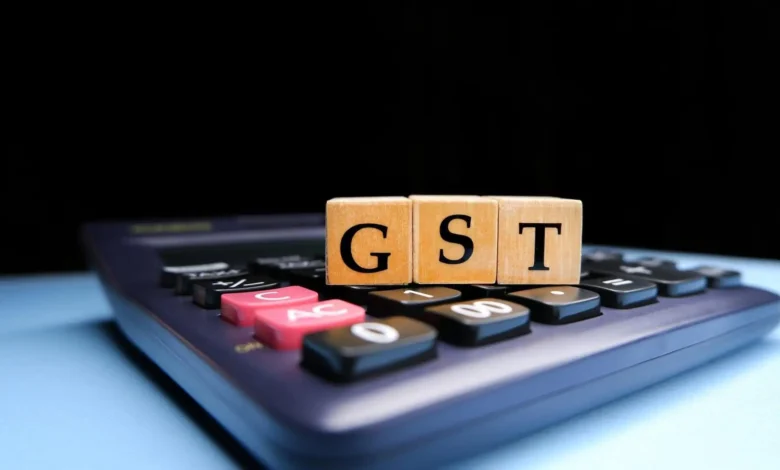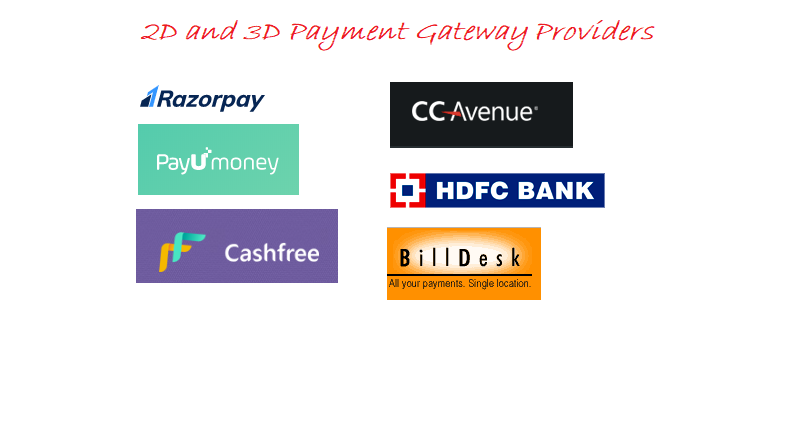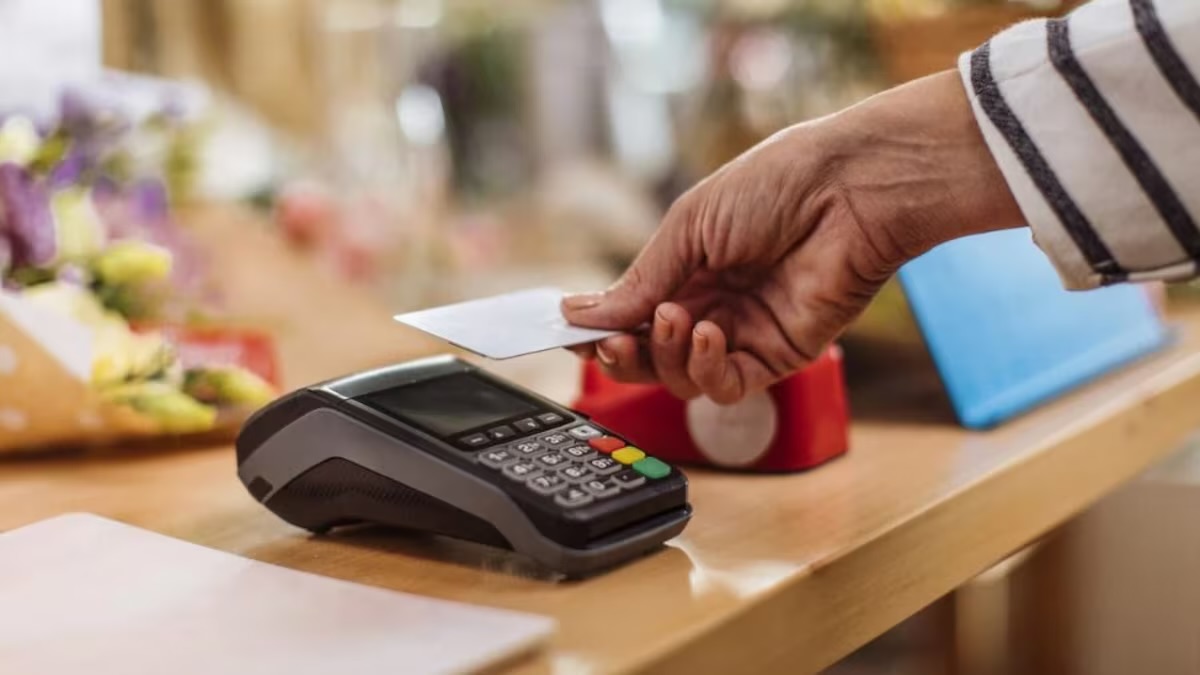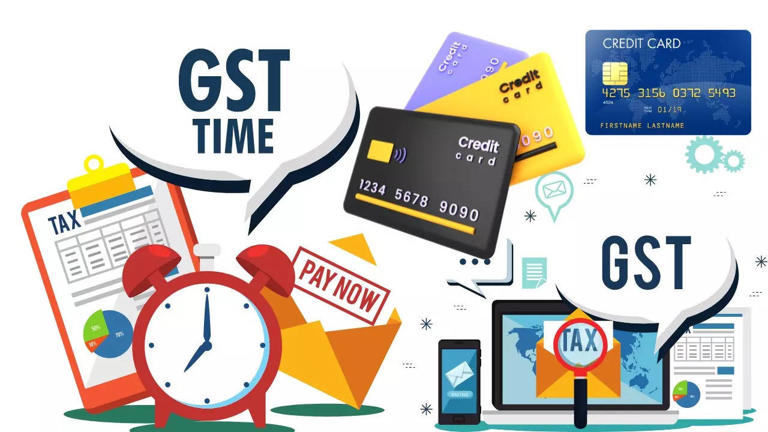Paytm and Payment Giants Hit with Massive GST Shock. The Digital Payment Crisis No One Saw Coming. How long will the government continue to suffocate the digital economy with backdated tax demands?
Payment companies charge GST on a transaction of less than ₹2,000: In 2017 itself, the GST authorities started sending notices to leading payment aggregators for taxes over all digital transactions less than ₹2,000 in value. Companies like BillDesk and CCAvenue were previously exempting the same on the basis of a 2016 directive from the government wherein they were not required to collect GST on such small transactions. In case retrospective tax demands are issued for the period starting 2017, it could hurt merchants and unsettle the digital payments ecosystem.

In a move that has sent alarm bells ringing all over, GST authorities in India have served notices on major payment companies, including BillDesk and CCAvenue, to impose taxes on less-than ₹2,000 digital transactions. The decision would imply that such transactions, which were considered exempt from the date of the implementation of the GST in July 2017, are now brought under its ambit. It has rattled the fledgling digital payment ecosystem since these small-value transactions form the bulk of the digital payment volumes in India.
Now, the companies have been asked to pay back taxes that could run into several hundreds of crores. Since these firms process millions of transactions each year, the repercussions may cascade further to merchants and consumers reliant on low-value digital payments. Let us examine the issue and possible fallout.
A Change in Tax Policy
The levying of GST on sub-₹2,000 deals has been in controversy since 2016 when demonetization took place. The government had issued a notification then, exempting the small-value transactions from service tax so that people could adapt to online payment ways. That exemption would be given on the payments made through debit/credit cards on all deals below ₹2,000. Payment companies interpreted this to mean that they did not need to charge GST on such transactions once the GST regime kicked in, in July 2017.
The GST authorities have, however, now come to the opposite conclusion, payment aggregators should have collected and remitted GST on those transactions right from day one of the GST regime. This reinterpretation has resulted in the issuance of retrospective tax demands, as far back as FY 2017-18. Companies that have received these notices say they acted merely in conformity with the then laws and rules, and have now been saddled with massive backdated tax bills.
Why Sub-₹2,000 Transactions Matter?
More than 80% of digital payments within the economy account for less than ₹2,000. These small payments tend to be the large part of daily transactions in retail, food, and transportation. In fact, the earlier government decision to keep these transactions outside the ambit of tax was aimed at incentivizing digital payments and discouraging cash.
With the GST authorities now asking for the tax on all these, that could be a pretty huge amount. Payment firms will have to either bear that cost or pass it on to merchants, who in turn would pass it to consumers. In any way, the result may be increased charges for businesses and people, which is opposite to the very aim the government intended: promotion of digital payments.
Impact on Payment Firms

Payment gateways such as BillDesk and CCAvenue are at the eye of the storm. Some of these companies process billions of rupees of transactions every year and had operated with the understanding that sub-₹2,000 transactions did not attract GST. The retrospective tax demand has suddenly brought potentially crippling financial liabilities for many of these firms.
If these GST demands are enforced, making the payment companies pay large sums of money on past transactions, which for certain firms can run into hundreds of crores, they would also have to revisit their pricing models going ahead. This could well entail charging more from merchants for processing these small-value transactions, thereby disrupting their business processes and finally affecting their relationship with merchants.
The payment firms are already into a competitive and low-margin business, where even small fluctuations in fees might make a big difference in profitability. Being on the liabilities side for paying retrospective taxes and readjusting the business model may force some of the smaller players to exit the market completely, thereby reducing competition that might result in high fees for the merchants and customers.
Merchant Implications
The decision of the GST authorities to impose charges on small transactions will boomerang on the merchants, especially for those businesses that operate on low-value transactions. Most low-margin businesses lack the capacity to absorb additional costs. If the payment firms pass the burden to the merchants, then this may lead to a high charge for processing digital payments.
For instance, a trader selling his merchandise for ₹ 1,000 would charge an insignificant commission from the payment processor, say about 1% or ₹ 10. To this, now, after adding 18% GST, it becomes ₹ 11.80. Of course, that is of less magnitude, but such minute charges due to increase might add up over time for those firms dealing in a number of small transactions daily. To small merchants, these added costs may spell the difference between making a profit or operating at a loss.
This may also result in passing on additional costs to the consumers, hence making goods and services more expensive. This becomes a matter of grave concern in an environment when inflation, at the same time, is a big concern for middle-class consumers. Additional charges on merchants for digital transactions could even finally result in complete avoidance of the digital method of payment by merchants due to extra fee burdens. In such cases, traders will be very happy to deal only in cash in order to avoid paying extra charges. This may stifle the growth of digital payments in India, which has been one of the key economic priorities of the government.
Impact on Consumers

To consumers, the GST decision may translate to more expensive everyday goods and services. Small transactions form part of daily life: buying groceries, paying for public transport, or dining out. If merchants are compelled to raise prices to absorb increased payment processing fees, consumers will feel it.
The middle class can bear a disproportionate share. In a time of increased basic commodity prices, it will mean an increase in the cost of living and put additional pressure on households that are already trying to cope with increasing inflation in other areas, like fuel and housing. This is an especially troubling prospect at a time when the economy is recovering from the effects of the COVID-19 pandemic and many families are trying to get back to financial stability.
Role of the Government
There is a split opinion on whether the demand of the government on back taxes is reasonable or not. The GST authorities argue that the paying firms should have collected and paid GST on such transactions from the beginning of the GST regime, as the exemption applied to only the demonetization period and did not extend to the new tax regime.
On the other hand, the demands of the government have been considered as unfair and unreasonable by the payment firms and the merchants. They said that the said exemption for sub-₹2,000 transactions was well-publicized at the time and that they merely followed the rules as they knew it. Forcing back taxes from several years’ worth of transactions, without warning, is seen by many as a power grab by the government only to capture more and more revenues without the adverse implications it may have on business and consumers.
Some even went as far as to claim that the government had prioritized tax collection over ensuring stability in the ecosystem of digital payments. Their point is that such a move will hurt small businesses and consumers, which is actually against what the government said it wanted when they initiated this whole digital payment drive.
The Future of Digital Payments. What’s Next?

The final outcome of this dispute could be very crucial for the future of digital payments in India. If the GST authorities get their way and the tax demands are enforced upon, the habit of using digital modes for making small value transactions could be discouraged. This sets back the efforts of the government to achieve a cashless economy that has picked up significantly since the demonetization drive of 2016.
For one thing, merchants and buyers would shift their purchases more to Unified Payments Interface-and RuPay debit cards beyond the purview of GST. Already, due to convenience and low cost, UPI has grown as the most dominating digital means of making payments in India. Therein, this dominance of UPI might shoot further in case the other means increase in costs due to GST.
While UPI can be used for small transactions as a short-term solution, the larger issue of GST on digital payment systems still seems to persist. Second, if the government continues with this policy of charging taxes on some and not on others, there could be distortions in the market-some methods will become more expensive because of the tax differences. This can also impede innovation and competition in the digital payment space.
This, in turn, created a mess among the GST authorities for payment firms, merchants, and consumers over the back-tax demand on less than ₹2,000 transaction. Huge financial liabilities are falling on payment aggregators, and that might affect their business operations. On the other hand, merchants are facing the dilemma of higher fees, and it can also be passed on to consumers.
The ultimate impact on the consumer will be a rise in prices of goods and services, costlier life for the middle class. It is this move of retrospective taxes that really raises questions regarding what priority the government gives, what commitment it has to creating a conducive environment for digital payments.
With the GST Council all set to debate the issue in the forthcoming meeting, the hope remains it would come up with a balanced solution that would ensure tax compliance without harming the fragile digital payment ecosystem that has become so integral to India’s economy. The stakes are high, and decisions made over the coming months will define the future of digital transactions in India for years to come.




